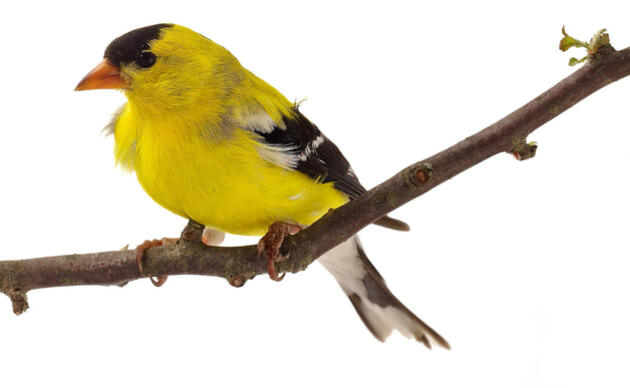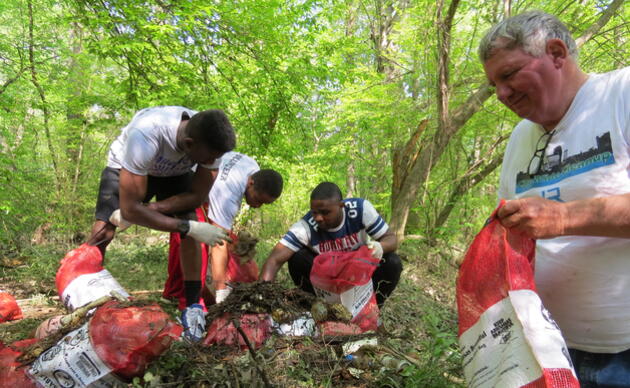Bird-building collisions are the largest source of bird collision mortality, resulting in 365-988 million deaths a year in the U.S. Major culprits are:
- Windows and other reflective surfaces that draw flying birds toward perceived habitat or sky reflected in the glass, or toward habitat seen through transparent surfaces.
- Artificial light at night can confuse and attract nocturnally migrating birds, elevating their collision risk. Artificial light can change the feeding and sleeping patterns of beach-nesting birds, and expose them to predators at night.
These challenges are especially concerning for coastal Mississippi.
As part of the Mississippi Flyway, its diverse habitats and waters support nearly 300 bird species and Mississippi’s beaches are a summer home to some of the nation’s largest Least Tern colonies. Shoreline habitats across the northern Gulf Coast, including coastal Mississippi, serve as a critical first stop for the approximately 2 billion birds that make the 600-mile journey across the Gulf of Mexico each spring. Audubon works with partners across the coast to balance the needs of birds and communities while supporting the state’s annual $2.8 billion-dollar dollar nature tourism economy.
The good news is there are bird-friendly building strategies that help to balance the needs of birds and people:
- Glass: Treat problematic expanses with bird deterrent window films or markers.
- Lighting: Reduce or shield indoor and outdoor lighting at night.
- Vegetation: Landscaping practices that reduce reflection of vegetation in glass.
- Operations: Adopt building management practices that help to reduce bird collisions.
Learn more about Bird-Friendly Building Design here:
https://ms.audubon.org/sites/default/files/bird-friendly_buildings.pdf
References:
1 - Loss, S.R., T. Will, S.S. Loss, and P.P. Marra. 2014. Bird-building collisions in the United States: estimates of annual mortality and species vulnerability. The Condor 116:8-23.
2 - Zapata, M.J., S. Mažeika, P. Sullivan, and S.M. Gray. 2019. Artificial Lighting at Night in Estuaries—Implications from Individuals to Ecosystems. Estuaries and Coasts 42:309–330.
3 - Dokter, A.M., A. Farnsworth, D. Fink, et al. 2018. Seasonal abundance and survival of North America’s migratory avifauna determined by weather radar. Nat Ecol Evol 2:1603–1609.
4 - Outdoor Industry Association. 2019. The Outdoor Recreation Economy. Available at: https://outdoorindustry.org/state/mississippi/
5 - Sheppard, C. and G. Phillips. 2015. Bird-Friendly Building Design, 2nd Ed. (The Plains, VA: American Bird Conservancy)



